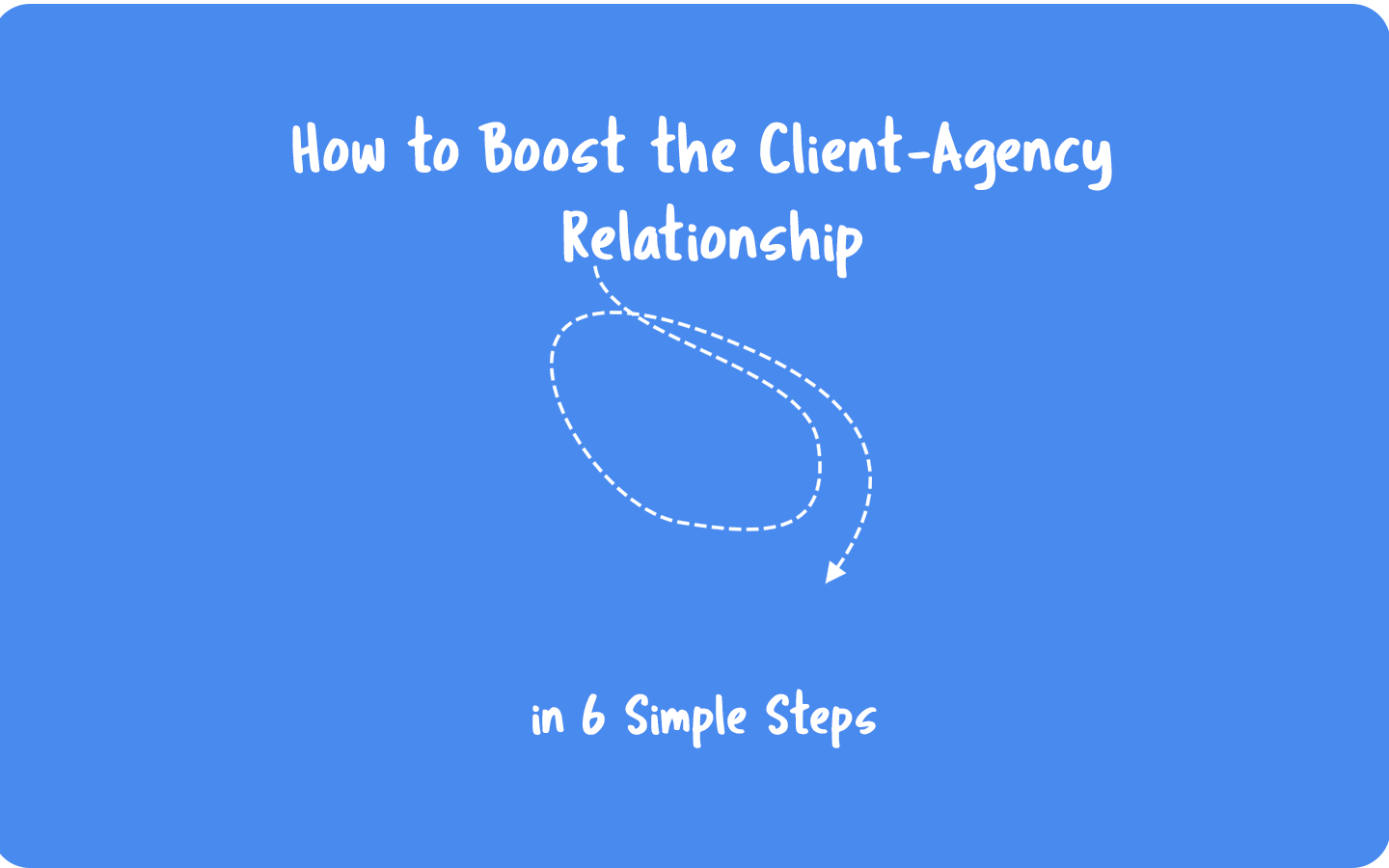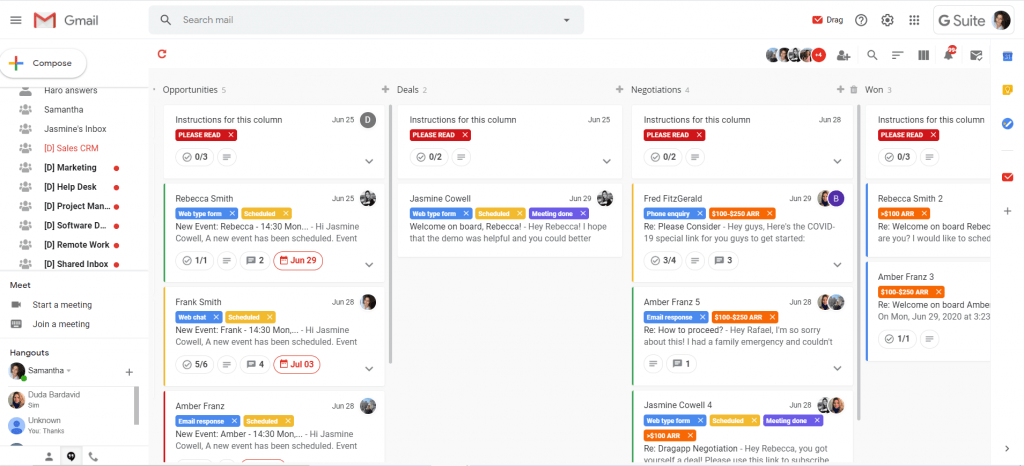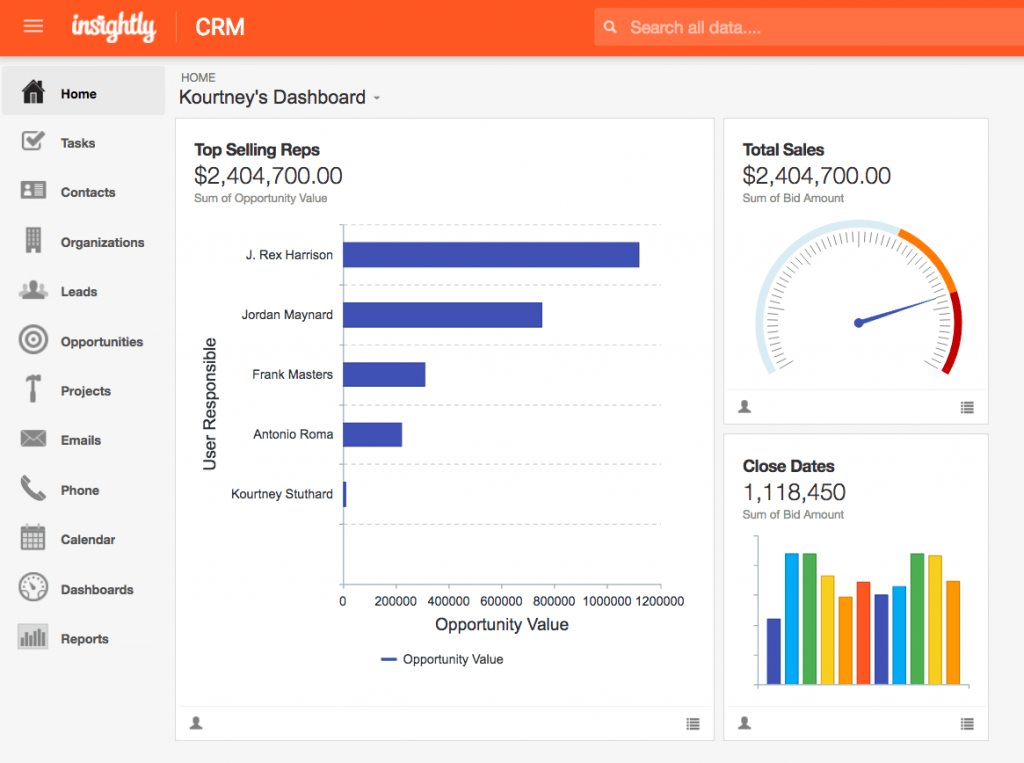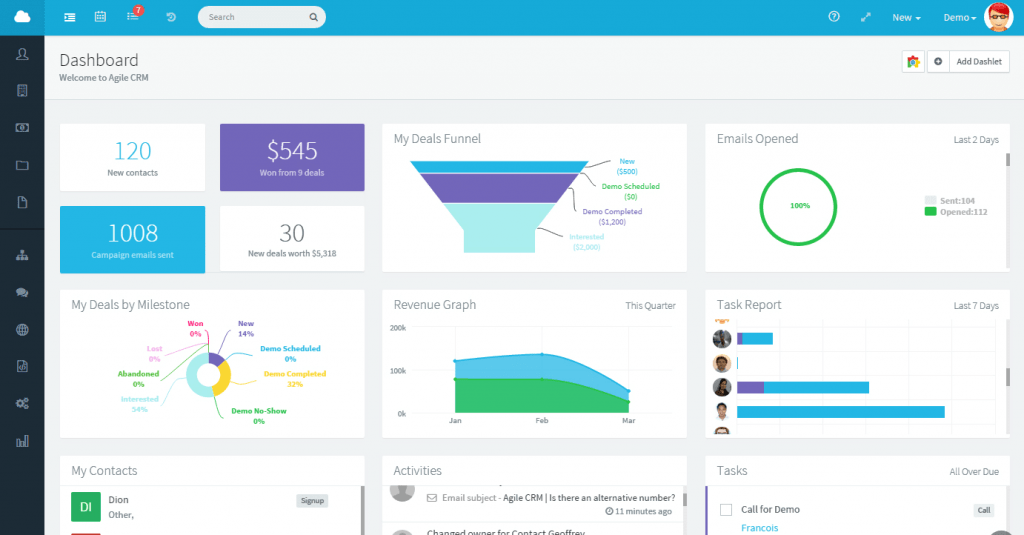
Someone found your agency. Then conversations went on: they asked about prices and the services the organization would provide. Next, you sealed the deal with a contract. And there it began: a client-agency relationship.
A relationship that will endure if the agency continuously provides excellent services as the client requires. And if certain aspects are present in this partnership, such as transparency, mutual trust, thorough communication, and honesty.
No doubt, building healthy relationships with customers is the key to success and growth, not only for agencies but also for any business. So making these relationships as stronger as possible will only bring benefits.
In this article, there are 6 steps you can follow to boost the client-agency relationships you have right now and better prepare your organization for incoming customers.
What is a client-agency relationship?
The moment a client decides to close a deal with an agency. That is when this relationship starts. And all that comes from this moment will dictate if this will be a long and prosperous relationship or a bad and short one.
Maintaining a healthy client-agency relationship is more than essential to growing your agency nowadays. Because if you have a bad outcome with a client, they will probably spread negative word of mouth, damaging your reputation along the way.
So what makes a good client-agency relationship? And how you can boost it and retain as many clients as possible? The answers you will find below on the 6 simple steps we have listed for you.
1. Communicate clearly
Not every client will understand the expressions you commonly use at your daily work. This is the part where you need to be really patient and explain everything as thoroughly as possible to every single client.
Other issues you may found in this kind of relationship are miscommunication and even lack of communication. All of them are extremely harmful to your client-agency relationship and result in the client leaving your agency.
When you communicate properly, it’s possible to adjust the customer’s expectations towards your work. Besides, they can rest assured that things are going the way they should. Also, with the clear and constant communication, you can avoid letting them down in some way.
Some key tips to enhance communication with the customer are:
- Try to talk in their language, so research about the company, the industry, common expressions they are familiar with, etc.;
- Keep the client posted of all changes that may happen on the project or the team that is working on it;
- Explain in details how your work will benefit them, specifically how it will solve their pains;
- If possible, disclose the names of team members that are working on the project, so they can know who will contact them (if more than one person);
2. Be 100% honest and transparent
Any relationship ends without honesty and transparency because it’s not bearable to carry a partnership without them. This is not different when we talk about agency-client relationships.
Hence, don’t hide the truth about your limitations or problems you may face while working on the clients’ projects. If you are transparent even with failures and such, you will gain respect and comprehension from your customers.
These are some actions you can take for more transparency in your relationship with clients:
- Listen to their problems and needs first. Then after showing how you understand them, you can give them your impressions on how to solve everything and meet their goals;
- Share files, documents, show in which stage the project and its tasks are at the moment. Open space of collaboration with the client, if you feel like it’s right and will work for both of you;
- Don’t take too long to respond to inquiries. Answer as soon as possible, no matter the difficulty. Even if you don’t have the answer at the moment, respond that you are working on it;
- Share results and metrics with your clients with all the details possible. You can either create presentations with periodical reports or send them the content on emails;
- Don’t promise what you can’t deliver. In fact, promise the least and deliver more than the client imagined;
3. Be a true extension of their business
Agencies need to think, act, and exist not only for themselves as an organization but do the same with each one of their clients. It is not just providing services without a deep relationship. If they directly affect the image and the outcomes for another company, it’s ideal to think of them as an extension of their business.
Think, for example, a marketing agency providing all the digital marketing services for a finance organization. It is like the agency was the marketing department that is missing from this company. How can the agency be relentless and treat this customer as just one more client?
That’s why an agency needs to understand the client’s needs and processes and be involved in performing great projects.
Here are some key points to observe while making sure to follow this step:
- Keep in mind that each client is unique and special, and treat them like that;
- Don’t be afraid to ask for information unless it is confidential;
- Schedule regular meetings to be always aligned with their needs and also to understand what is happening at the moment;
4. Engage the client as much as possible
Of course, the client is an essential part of the project. But do they feel like they are really part of it? Some agencies may oppose this idea, but collaborating with the clients in projects can be a win-win situation.
If the client feels involved with the project and that you are working together to achieve purposes, you can be sure they will trust you even more. It’s a decision you can take to a long-lasting relationship with them.
At certain stages, the team may not be entirely comfortable with the idea of working together with the client. That’s why it’s important to know when to introduce the collaboration and when not.
You can engage your client in many different ways, such as:
- Creating a shared space where you can collaborate with the client on ideas or certain project stages. You can use Google Docs and Google Slides, for example, and give them the chance to comment on the documents/presentations;
- Set meetings for brainstorming on new ideas/angles on next steps;
5. Ask and give feedback
Feedback is crucial while working on a project for a client, and it needs to come from both sides. Asking for feedback on each stage of the project development is a great practice to achieve common goals. Besides, the client will feel more comfortable collaborating with their insights and impressions.
Don’t be afraid to give your feedback on proposals and ideas the customer brings to you. After all, some suggestions may not be as ideal as the client imagines, but there is always something to add to them as well.
Of course, the excess of feedback can also harm projects. To avoid this issue, establish the best moments to sit with your client and present something that you feel would be essential to receive their feedback for improvements.
These are the highlights of what you could do to improve this step:
- Take what the client asks into consideration, even if you believe it is not a great idea. Shape their desires into new ideas that will aggregate to the projects/goals;
- Be sure to know when it’s the right time to ask for feedback;
- Also, be prepared to receive requests for changes constantly, and know how to deal with them properly;
6. Choose a client management system that really works
Here is a quick use case that you may relate to:
There was this marketing agency with more than 40 clients. Each client had their own folder on Google Drive, with all their projects and specific spreadsheets for metrics, goals, plannings, and content calendars. The manager also had spreadsheets to control all the work the team was doing for each client. Not forgetting about the task management tool to make the workflow run smoother.
Summing up, there were many folders, spreadsheets, emails from clients, Slack for team communication, dozens of daily phone calls, and meetings. All happening at the same time on this agency.
Is it wrong to use spreadsheets to manage your clients and projects? No. But it is not ideal, and there is specific software you can use for this exact purpose, with all the features you need. And without all the context switching, you can perceive from the use case above.
We listed 3 client management systems you can use to boost your client-agency relationship and your entire workflow.
Drag
 Drag is a shared mailbox tool that works inside Gmail, that can be used to manage clients without leaving your inbox. You can use Drag for multiple purposes, such as CRM, Help desk, and Task Management. And by having all that in just one place, you can increase productivity and focus more on what is important: the actual work.
Drag is a shared mailbox tool that works inside Gmail, that can be used to manage clients without leaving your inbox. You can use Drag for multiple purposes, such as CRM, Help desk, and Task Management. And by having all that in just one place, you can increase productivity and focus more on what is important: the actual work.
So if you communicate with your clients and need to constantly forward these emails to the team, Drag will be the right tool for you.
Each team member will access their own inbox and have a board that will receive emails sent to the team email address —such as [email protected]. The team will be able to visualize and reply to emails on this board in real-time.
Its Kanban view allows you to track your leads and pipelines visually, making it easier to organize your team’s workflow.
Features:
- Team chat inside each email
- Automations
- Space to write notes in emails
- Shared email drafts that can be edited by multiple teammates
- Due Dates with Google Calendar integration
- Email templates and sequences
- Email Tracking
- Task management
Pricing: There is a freemium version of Drag limited to one user. The Pro plan costs $8 per user per month billed annually and $10 user/month billed monthly. You can try Drag for free for 14 days.
Insightly
 Insightly is a Client Management system with marketing automation that integrates with Outlook, Gmail, and Google Workspace. In this single platform, you will get the functionalities of Marketing, Sales, and Project Management. You can also create and send emails from the software.
Insightly is a Client Management system with marketing automation that integrates with Outlook, Gmail, and Google Workspace. In this single platform, you will get the functionalities of Marketing, Sales, and Project Management. You can also create and send emails from the software.
Features:
- Customer journey visual representation
- Workflow automation
- Lead routing
- Enterprise-grade reports.
- Send, track, and save emails.
Pricing: The Plus plan costs $29 per user per month, the Professional is $49 per user per month, and the Enterprise is $99 per user per month. There is a free trial for the tool.
Agile CRM

Agile CRM is a cloud-based CRM software. It offers integration with Gmail, which allows you to access the CRM tools from within your inbox.
You can place your appointment calendar online and automate everything in your sales pipeline. Moreover, you can access complete contact views, deal tracks, lead scoring, real-time alerts, and analytics.
Features
- Custom Data Fields
- Unlimited Deals, Tasks & Documents
- Lead Scoring
- Custom Deal Milestones
- Email Tracking
- Appointment Scheduling
Pricing: Agile is free for up to 10 users. The Starter plan costs $8.99 user/ month, the Regular is $29.99 user/month, and the Enterprise is $47.99 user/month.
Wrapping up
Although maintaining client relationships may be challenging, you can make them grow by working side by side with them. Put yourself in your client shoes, and take the time to really understand and listen to them.
Think like this: you have a lot of clients, but for the client, you are their only agency. So if you want to build a long-lasting relationship, be sure to work with them as partners, not just providers.
Boost Your client-Agency Relationship.
Drag turns Gmail into your Team’s Workspace – One single place to support customers, manage tasks and close deals, from the place teams love: Gmail. We are a Techstars-backed Company, trusted by 30,000 users around the World.







